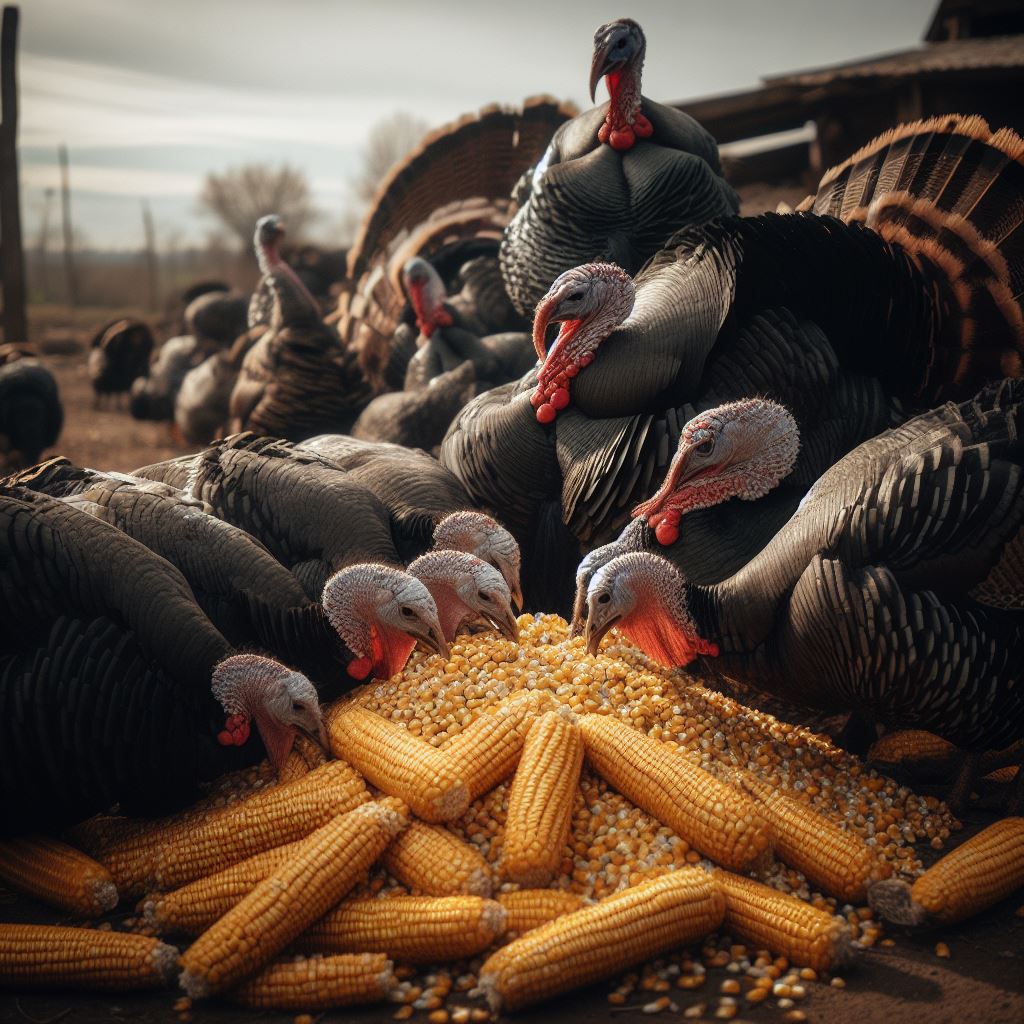Do Turkeys Have Tongues? Unveiling the Facts

Table of content:
Turkeys are a popular centerpiece for holiday meals and gatherings. But have you ever wondered – do turkeys have tongues? As it turns out, yes, turkeys do have tongues! In this article, we’ll take a closer look at turkey tongues, what they look like, their purpose, and how they function.
What Do Turkey Tongues Look Like?
A turkey’s tongue looks quite different from a human tongue. Turkey tongues have a long, narrow, pointed shape. They can extend several inches outside of the beak.
Turkey tongues are covered in backward-facing barbs called filiform papillae. These papillae help the turkey move food around inside its mouth and throat. They also prevent food from escaping while the turkey is swallowing.
The top surface of a turkey’s tongue has a rough texture from the filiform papillae. The underside is smooth. The coloration varies from pink to dark red or purplish. Wild turkey tongues tend to be darker than domestic turkey tongues.
Why Do Turkeys Have Tongues?
Turkeys need tongues for several important functions:
- Eating – Turkeys use their tongues to manipulate food in their mouths and throats. The filiform papillae help grip food and move it into the back of the throat for swallowing.
- Drinking – Turkeys sip water into their beaks and use their tongues to swallow it. The barbs on the tongue prevent water from flowing back out.
- Cleaning – Turkeys groom themselves with their beaks, using their tongues to preen and distribute oils across their feathers. Their tongues help smooth feathers during this process.
- Temperature regulation – Turkeys pant to cool themselves on hot days. As air moves over the moist surfaces in the mouth and throat, evaporative cooling takes place. The tongue facilitates this process.
- Communication – Male turkeys may exhibit their tongues while strutting as a visual display for females. The tongue’s bright color attracts attention.
Do Wild Turkeys Have Tongues?
Yes, wild turkeys have tongues that serve the same essential functions as domestic turkeys. However, there are a few differences:
- Color – Wild turkey tongues tend to be darker – purplish-red rather than pink. This is likely due to dietary differences.
- Length – Wild turkey tongues are generally a bit shorter than domestic turkeys. They don’t rely as heavily on panting for temperature regulation.
- Barbs – The filiform papillae on wild turkey tongues may be more pronounced for grip while foraging natural foods.
- Disease resistance – Wild turkeys have stronger immune systems and less exposure to unnatural pathogens. Their tongues likely harbor fewer parasites.
Overall, the tongues of wild and domestic turkeys are anatomically quite similar. The subtle variations reflect their separate lifestyles and environments.
Can Turkeys Use Their Tongues?
Turkeys have excellent control over their tongues. As birds, their tongue structure differs from mammals and has some special abilities.
Turkeys can:
- Extend their tongues outside their beaks up to 3 inches to grab food.
- Curl the elongated tip of the tongue upward or downward.
- Wiggle their tongues rapidly side-to-side to gather food particles.
- Flatten their tongues to make chirping and clicking sounds for communication.
- Manipulate food, swallow it, and push it down their throats with the backward barbs.
- Pant rapidly with their tongues hanging out to dissipate heat.
- Spread their feathers with their tongues during grooming.
So while turkey tongues may look strange compared to ours, turkeys can use them quite skillfully! Their lingual dexterity helps them survive and thrive.
Do Baby Turkeys Have Tongues?
Yes, baby turkeys (called poults) are hatched with tongues. Their tongues are fully formed at birth, though on a smaller scale fitting their tiny beaks.
A poult’s tongue has the same structure as an adult’s, just pinker and smoother. The barbs begin developing within the first week after hatching.
The tongues of poults enable them to pick up food and swallow water right away. Having this functionality immediately allows them to eat, drink, and vocalize as needed to grow.
A mother hen’s care is crucial for newly hatched poults. But their built-in tongues give them a survival advantage in their vulnerable early days. As poults mature into adult turkeys, their tongues grow along with them.
Final Thoughts
While most of us turkey-eaters pay no mind to it, the turkey tongue is an impressive organ allowing these birds to thrive. From grooming to gobbling, panting to preening, turkey tongues have form and function. Next time you carve your holiday bird, take a moment to appreciate the intricacy of its marvelous mouth anatomy!
Welcome. I’m Adreena Shanum, the proud owner of this website, and I am incredibly passionate about animals, especially poultry. I founded adreenapets.com as a labor of love, stemming from my desire to share my knowledge and experiences with poultry enthusiasts worldwide.





